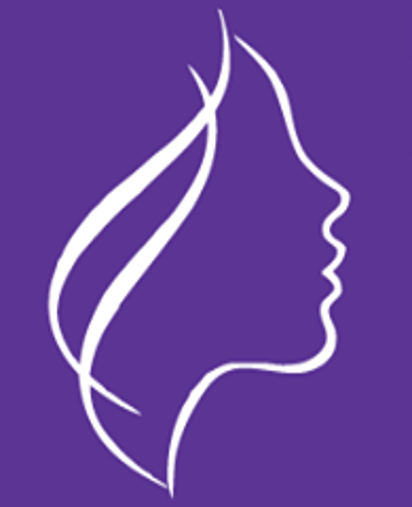
It is almost sad the rate and the extent at which we have shunned traditional medicines and tonics in favour of tablets and syrups. And yet we have done this knowingly because at the back of our minds we always know that there are home remedies to a lot of the ailments we seek modern treatments for. There are numerous articles and books both on and offline detailing how we can take care of ourselves using naturally occurring plants and some of us even take the time to read up but we do not really actualize what we read.
And yet these are by all means tips and guidelines from community experts who can very accurately guide us out of shunning what we see in our gardens and term as weeds. Our very own kitchen pharmacies. These are plants and methods that have been used by herbalists, botanists and even medical practitioners. Rich advise on nutrition, strategies for self-care, home and herbal remedies and recipes for preventing, managing and treating a wide range of illnesses or conditions that could be dealt with safely at home.
It is time we started going back to our roots to some extent and The Trust for Indigenous Culture and Health (TICAH) has updated the Herbal and Nutritional guide to provide Kenyan families with comprehensive and practical information to prevent and treat common illnesses with food and plants. The new guide which is referred to as “Using our Traditions’ – A Herbal and Nutritional Guide of Kenyan Families, is as a result of two years of rigorous research with expert and community engagement. TICAH’s main goal is to link culture and health and this is what this new book which was launched at the National Museum of Kenya does.
The book is divided into four sections, with information for practicing self-care at home for individuals and families. The first section touches on healthy living looking at nutrition, dietary recommendations, hygiene and setting up a kitchen pharmacy and garden to support our herbal and nutritional self-care. The second section looks at harvesting and preservation of medicinal plants, and preparation of different herbal medicine and recipes. The third section contains information on 66 conditions prioritised as common health challenges facing Kenyans in their daily lives; causes, mode of transmission, symptoms, issues specific to children, red flag conditions, and information on herbal therapies and remedies, food and dietary recommendations for preventing and managing each condition.
This second edition is an improvement of the first, introducing new remedies and strategies, and providing better description of the conditions. The initial Guide was published in 2006. The new edition is more comprehensive and more practical than the first version. Its coverage is broader and includes more diseases, more lifestyle diseases, and more on reproductive health. Many new remedies and plants have been added to the existing work. This new edition has a total of 127 plants in it, of which 41 are new additions.
